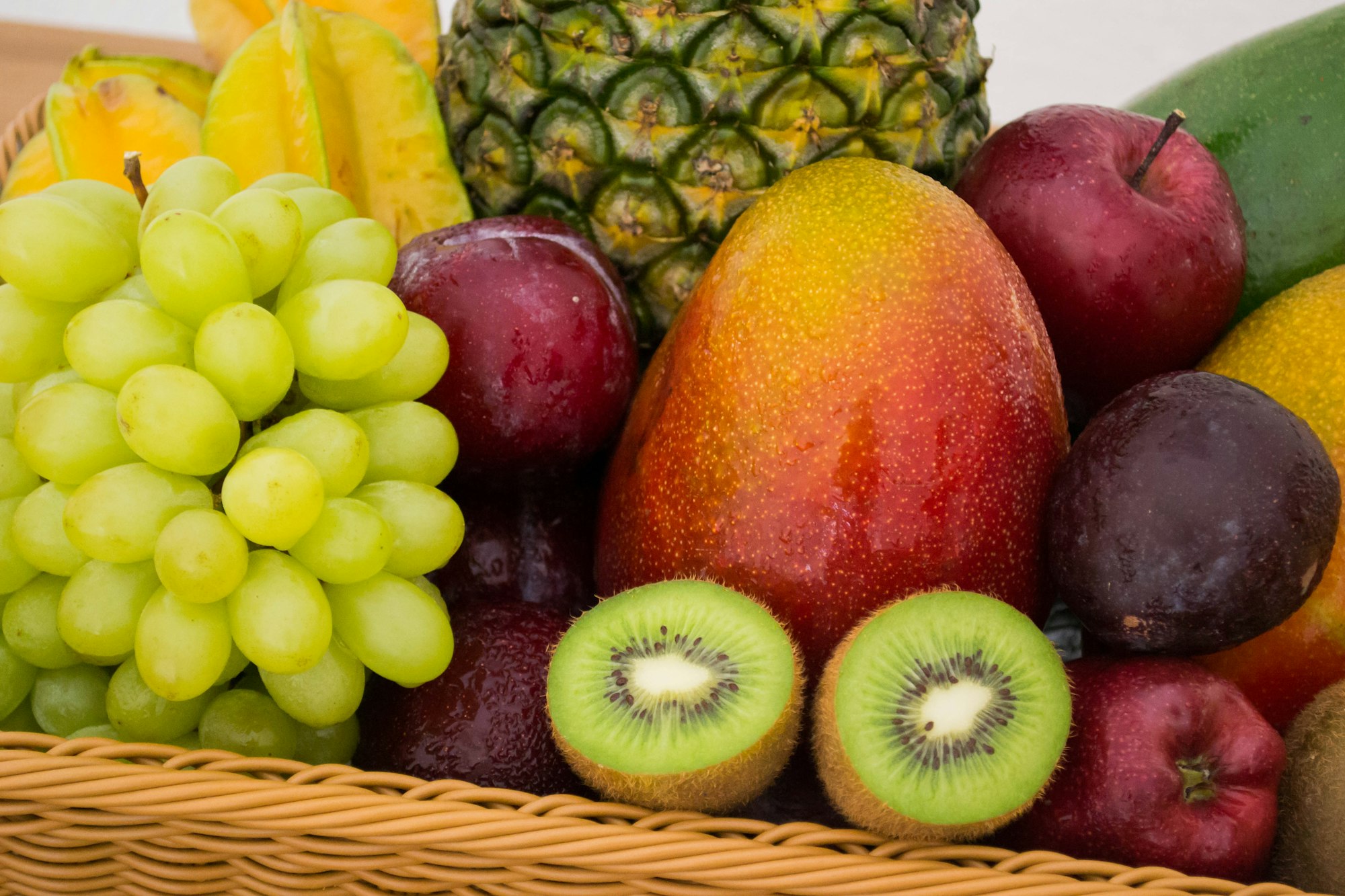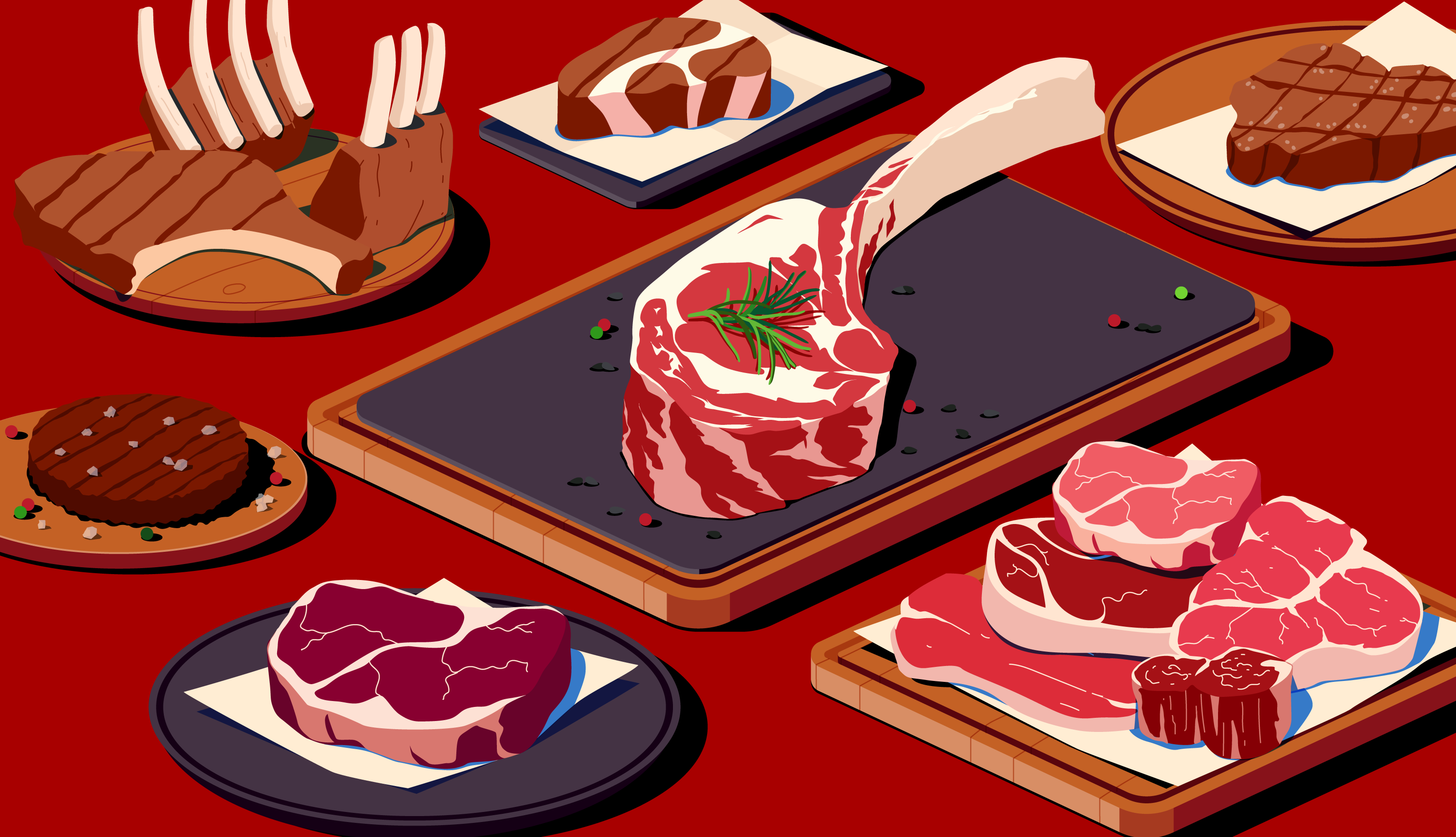In the UK, the average person gets more than half their daily calories from ultra-processed foods, but what are ultra-processed foods, and are they detrimental to your health? Keep reading to find out.
Table of contents
- What is ultra-processed food?
- NOVA food classification system
- Group 1: Unprocessed or minimally processed foods
- Group 2: Processed culinary ingredients
- Group 3: Processed foods
- Group 4: Ultra-processed food and drink products
- Criticism of the NOVA classification table
- How does ultra-processed food impact health?
- Ultra-processed foods and obesity
- Tips to identify ultra-processed food
- Key takeaway
What is ultra-processed food?
Ultra-processed foods are significantly altered products that contain ingredients you wouldn’t add when cooking at home, including colourings, sweeteners, preservatives, emulsifiers and bulking agents. In general, ultra-processed foods are also higher in salt, fat and sugar.
The average person in the UK gets a whopping 56% of their calories from ultra-processed foods. Despite this, a survey conducted by the British Nutritional Foundation found that 70% of those surveyed were unfamiliar with the term.
The term “ultra-processed” is increasingly common in nutrition research, with some prospective studies linking a diet high in these foods with early death, obesity, cancer and poor health.
This article explores the difference between “minimally processed” and “ultra-processed” foods, why too much ultra-processed food can jeopardise your health, and how to identify ultra-processed goods when shopping. Let’s jump in:
NOVA food classification system

If I say “processed” food, what comes to mind? Likely, you picture burgers, crisps and doughnuts, and you would be right that these foods are highly processed. But unless you forage fruit or plant your own vegetables, almost everything we eat is technically “processed”, albeit to different degrees.
You might think that we can simply refer to the worst excesses of processed food as “junk” food, but the term is too blurry and unspecific to form the basis of scientific research. Enter the NOVA classification system.
After witnessing a rise in obesity and disease rates among rural Brazilians, Carlos Monteiro- a doctor by trade- observed his fellow citizens’ diets to see what had changed.
He quickly noted that the foods increasing most rapidly in the Brazilian diet were highly processed, contained numerous additives and were engineered to be cheap, convenient and hyper-palatable.
Despite this, existing nutrition guidelines didn’t even acknowledge this new breed of food products, assuming Brazilians were still cooking meals using whole foods. For example, U.S. guidelines referenced the food pyramid, largely made up of minimally or unprocessed foods.
To redress this, Monteiro designed a food classification table that grades foods on their degree of processing, calling it NOVA.
The NOVA classification has been acknowledged in several reports from The United Nations (UN) and World Health Organisation agencies.
What’s more, Brazil has adopted the system in its national nutritional guidelines, recommending the public avoid ultra-processed foods, with Uruguay, Ecuador and Peru following suit.
This is revolutionary in the nutrition world, as foods have traditionally been judged on their macro and micronutrient contents instead of the processing method.
The NOVA classification table divides food into four levels of processing, which are as follows:
Group 1: Unprocessed or minimally processed foods

Unprocessed foods are plant or animal products that have been harvested but not nutritionally or physically altered. Examples include fresh eggs, foraged fruit and naturally sourced seeds, grains or pulses.
Minimally processed foods contain no added ingredients but may have undergone drying, crushing, roasting, freezing, boiling or pasteurisation.
Examples include pre-cut fruit, washed/packaged lettuce and frozen berries. Minimally processed foods have more or less the same nutritional value as unprocessed foods.
Group 2: Processed culinary ingredients
Processed culinary ingredients are made from Group 1 foods through processing methods such as pressing, refining, grinding, milling and drying.
Examples include oil, butter, sugar and fat. These foods are not intended to be eaten alone but used to season, prepare and cook Group 1 foods.
Group 3: Processed foods

Processed foods are typically made by adding oil, sugar, fat and salt to Group 1 foods. Examples include bottled vegetables, fruit in syrup, smoked meat and canned fish.
While too many processed foods can increase your risk of certain diseases, not all processed food is inherently bad for your health, nor should they be collectively demonised.
For example, processed red meat like ham has been linked with an increased risk for colorectal cancer. Then again, fermented kimchi is also considered processed, yet this may be able to confer health benefits via changes in the gut microbiome.
In short, not all processed foods are made equal- this is one of the criticisms levied against the NOVA classification system.
Group 4: Ultra-processed food and drink products
Besides being altered via industrial methods, ultra-processed foods are often high in salt, fat and sugar levels, containing additives like artificial colouring, stabilisers and bulking agents.
Compared to minimally processed foods, they generally contain little if any intact Group 1 food items and offer fewer nutrients than unprocessed alternatives.
Ultra-processed foods are designed to be hyper-palatable (think Pringles), convenient, and visually attractive, hence why they are so prominent in our diets. Examples include soft drinks, crisps, ham, instant soups, sweets and ice cream.
In the UK, industrially made bread is the most commonly consumed ultra-processed food, comprising 11% of daily intake. Behind this are:
- Pre-packaged meals (7.7 per cent)
- Breakfast cereals (4.4 per cent)
- Sausages and other reconstituted meat products (3.8 per cent)
It can be challenging to identify ultra-processed foods, largely because a single food type can be processed, ultra-processed or minimally processed, depending on the preparation method.
For example, bread made with salt, yeast, water, and flour is processed, but it becomes ultra-processed if the manufacturer adds preservatives or bulking agents.
What’s more, ultra-processed foods often contain claims which can distract from their added ingredients, such as “high-fibre” or “a good source of protein”.
It is important to clarify that ultra-processed foods are not necessarily unhealthier than Group 3 processed foods.
Sara Stanner, a science director at the British Nutrition Foundation, cautions that whilst many ultra-processed foods are unhealthy options that we should limit, some of these food items can play a part in a healthy diet.
She cites sliced wholemeal bread and vegetable-based pasta sauces as ultra-processed foods which can play a part in a healthy diet.
Criticism of the NOVA classification table
The NOVA classification table is not without its critics, with some arguing that ultra-processed is just a new term for salty, fatty or sugary foods.
Others suggest that the NOVA classification system is too imprecise to form the basis of dietary regulations, arguing that the level of processing does not determine a food’s nutritional value.
For example, both kimchi and salami are in the same category but have vastly different nutritional profiles. So what does the research say about ultra-processed foods?
How does ultra-processed food impact health?
Two large scale prospective studies, published in the British Medical Journal, found a correlation between the consumption of highly processed foods, early death and risk of circulatory diseases.
Using the NOVA food classification system, both studies measured the participant’s ultra-processed food intake and tracked health outcomes.
The largest of the two followed over 100,000 adults for an average of 5.2 years. In this study, the lowest intake of ultra-processed foods was 7.5 per cent of daily calories, while the highest was 30.8 per cent.
Overall, the study found that higher consumption of ultra-processed foods was associated with an increased risk for cardiovascular, coronary heart, and cerebrovascular diseases. Moreover, each 10 per cent increase in ultra-processed intake translated to a 12 per cent increase in heart disease risk.
The second study followed 19,899 Spanish graduate students for an average of 10 years, measuring the cohort’s ultra-processed consumption by using the NOVA food table once again.
The lowest intake of ultra-processed food was under two servings a day, whilst the highest consumption was more than four servings daily.
After analysing their results, the team concluded that eating more than four daily servings increased the participant’s relative risk level for all-cause mortality by 62%. For each additional serving of ultra-processed food, all-cause mortality risk increased by 18%.
With that said, both prospective studies adjusted for the participant’s intake of salt, fat and sugars.
Additionally, the research teams accounted for diet quality, smoking status, genetics and BMI, suggesting that ultra-processed foods are a risk factor independent of these variables, though further research is needed to confirm the findings.
Victoria Taylor, a senior dietician at the British Heart Foundation, notes that the NOVA classification system is broad and cautions that factors besides processing may account for the increased mortality risks observed.
Nonetheless, she reinforces the BHF guidelines to eat a Mediterranean diet full of minimally and unprocessed fruits, vegetables, whole grains and legumes.
Ultra-processed foods and obesity
Obesity rates have risen parallel to the increased availability and prevalence of ultra-processed foods. In light of this, some speculate that there is a link between the two factors.
In particular, it has been posited that ultra-processed foods high in fat, sugar and salt, combined with their strong taste and carefully engineered textures, encourage people to snack more.
Some ultra-processed products even lean into their addictiveness with advertising campaigns. For example, Pringle’s slogan is “Once you pop, you can’t stop”.
Intrigued by the growing body of research linking ultra-processed food with obesity, a team of researchers led by nutrition researcher Kevin Hall designed a Randomised Control Trial to explore how ultra-processed food can impact calorie intake and weight gain.
The result? The participants consumed more calories and gained more weight on the ultra-processed diet.
Even more compellingly, blood tests revealed that hunger hormones were elevated during the ultra-processed diet, which explains why the participants ate an extra 500 calories a day!
While further research is needed, this carefully designed clinical trial suggests that hyper-palatable ultra-processed foods can cause overeating and weight gain.
Commenting on this study paper, the DNA pioneer and director of the US National Institutes of Health (NIH), Francis Collins, commented that:
“It appears that a good place to start in reaching or maintaining a healthy weight is to work to eliminate or at least reduce ultra-processed foods in your diet in favour of a balanced variety of unprocessed, nutrient-packed foods”.
Tips to identify ultra-processed food

Want to limit your intake of ultra-processed foods but aren't sure how to identify them? We’ve got you covered! Below, we have compiled a list of tell-tale signs that a product is ultra-processed:
1.) Ultra-processed foods often contain chemicals to increase the product’s durability, taste and texture. With this in mind, keep an eye out for preservatives like sodium benzoate, nitrate and sulphite.
Other additives which identify a portion of food as ultra-processed are high fructose corn syrup, modified starches and hydrogenated or interesterified oils.
2.) According to Professor Maira Bes-Rastrollo, professor of preventative medicine at the University of Navarra, products containing more than five ingredients are likely to be ultra-processed.
3.) Generally, ultra-processed foods are high in salt, sugar and fat, so keep an eye out for products which rank as red on the traffic light food labels.
4.) Ultra-processed foods are often aggressively marketed and attractively packaged, a good example being breakfast cereals. As a BBC article rhetorically posits: “Ever seen a high-profile marketing campaign for apples and pears?”.
5.) Whilst not always the case, ultra-processed food is often engineered to be highly profitable, using low-cost ingredients. With this in mind, cheaper options may be more likely to be ultra-processed, such as two-for-one microwave ready meals.
6.) Foods which are quick and convenient to prepare, such as pasties, pot noodles or burgers that can be microwaved in minutes, are likely ultra-processed.
Key takeaways
- On average, adults in the UK source over half their daily calories from ultra-processed foods, with industrial bread and ready meals the most common types.
- Ultra-processed foods often contain high levels of fat, salt and sugar as well as additives like colouring, preservatives, bulking agents and flavouring.
- Two large-scale, prospective studies found a correlation between increased ultra-processed food consumption and risk of all-cause mortality and heart disease. While compelling, observational studies cannot establish cause and effect relationships.
- A small randomised controlled trial found that an unprocessed diet increased both calorie intake and weight over two weeks compared to an unprocessed diet.
- As well as unhealthy options like crisps, sugary drinks, fried snacks and sweets, ultra-processed food can include options like sliced whole-meal bread, which can play a valuable role in a healthy diet.
☝️DISCLAIMER☝This article is for informational purposes only. It is not intended to constitute or be a substitute for professional medical advice, diagnosis, or treatment.



















